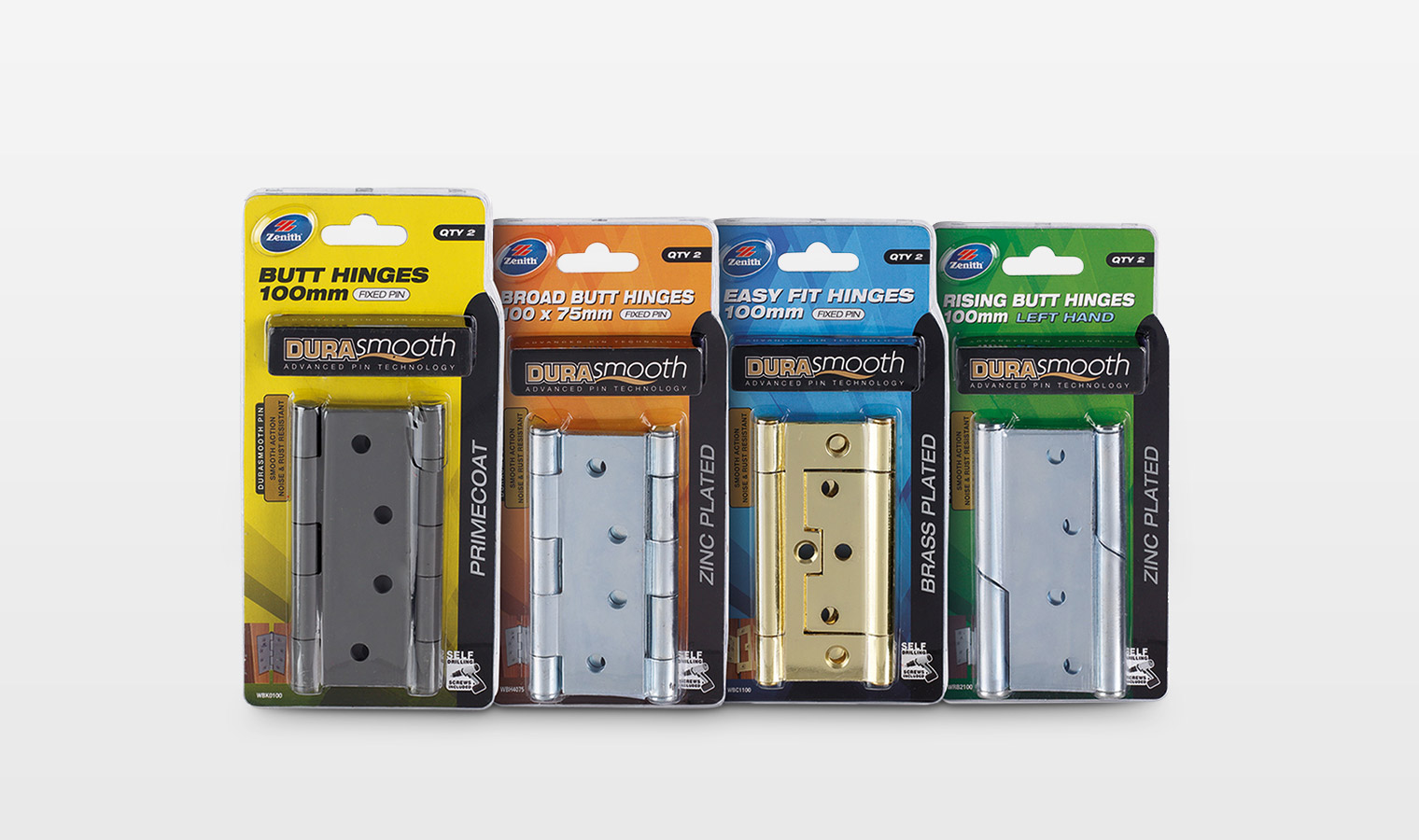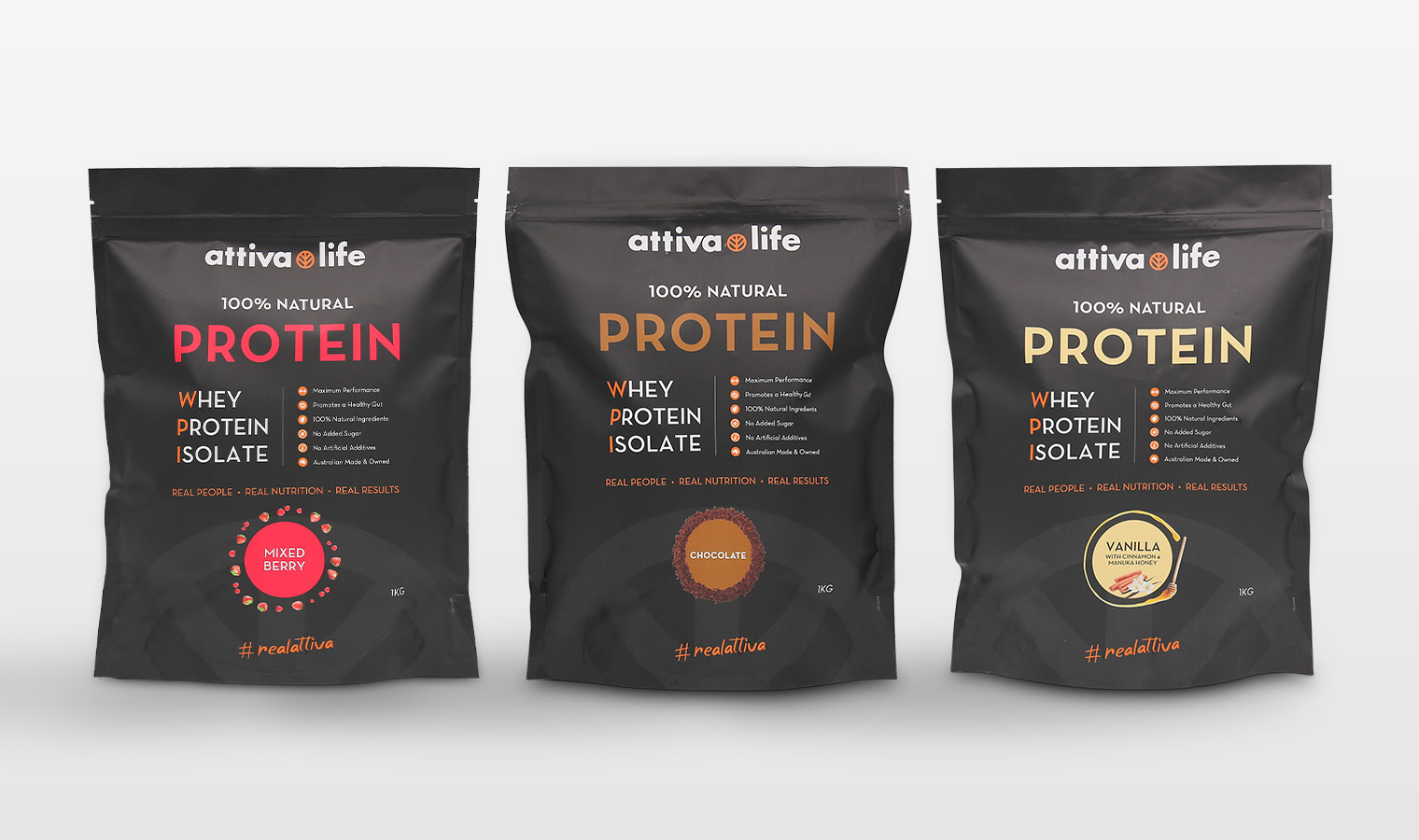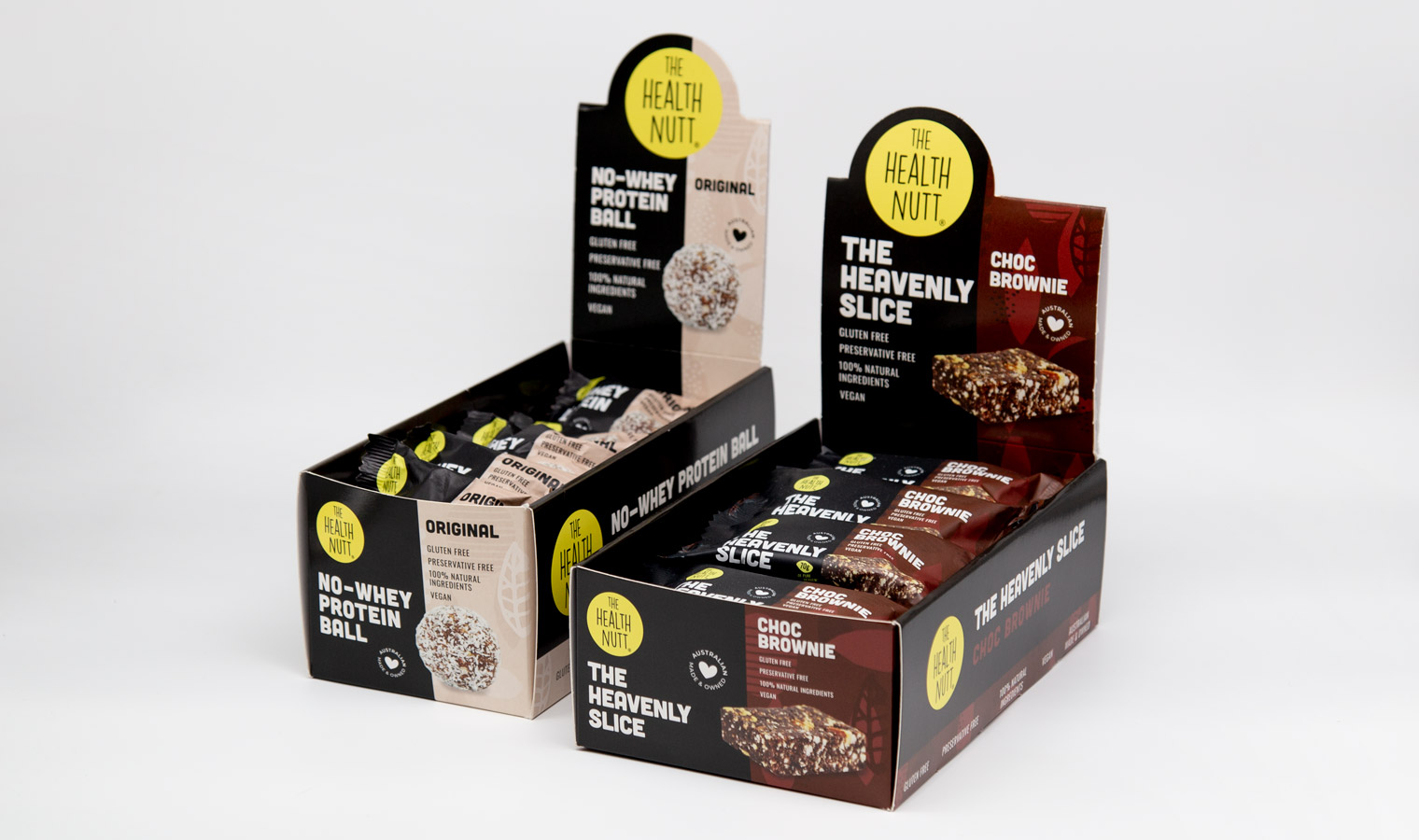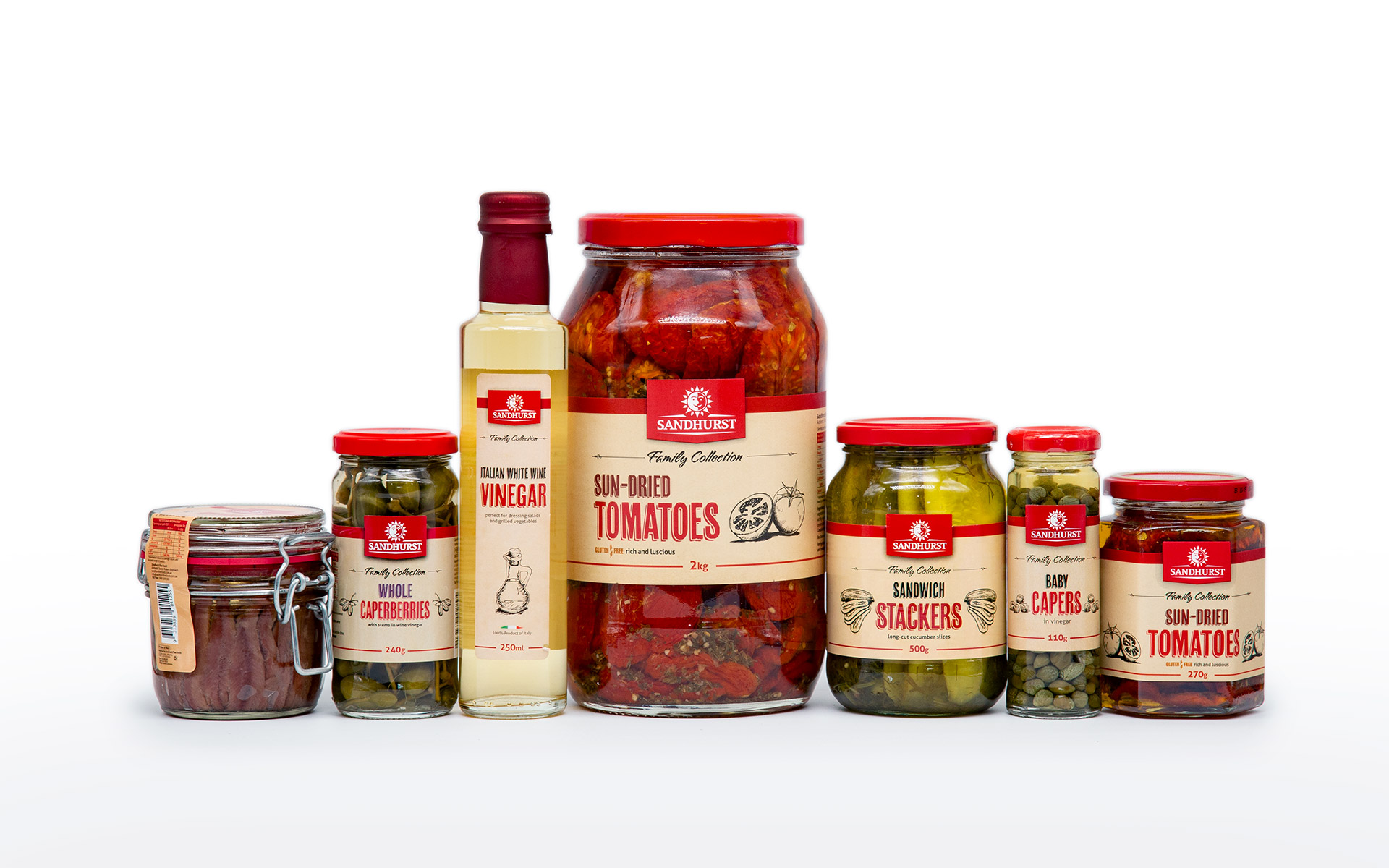Write a great packaging design brief to get the results you need from your product’s packaging.
As a product manager, you work in a fast-paced environment. This means you juggle many projects at the same time, including your product’s packaging design. And we all know how important packaging design is at the point of sale. A customer will stand face to face with your product and its competitors. Does your product stand out? Will the packaging get your product chosen?
The success of your product’s packaging starts with a well-written brief to your designer. So it pays to put in time and energy at the start of the packaging design process to get it right. Another reason the brief is important is to maximise the value of your marketing budget. This is achieved by giving your designer all the information needed to nail the concept first time. In turn, allowing time for all-important design tweaks without costing a single cent more. And the cherry on top? It will actually save you time in the long run.
Working with your packaging designer
Packaging designers create the brand identity of your product. This brand identity is what consumers see on store shelves and online. Designers understand strategy, market research and behaviour. But they are specialists in graphic design. This graphic design translates your strategy into packaging design. So, the better your brief is, the better the outcome!
Design agencies love a great brief. It means they can get stuck into creating the perfect packaging for you. Hence, we want to outline everything you should include in your brief and share some real examples along the way. A packaging design brief contains two parts:
- Part one – information about your strategy
- Part two – all the artwork requirements
Let’s start with the strategy. This is important because strategy is the thinking that drives the desired design outcome.
Packaging design brief part one – strategy
The first section of the brief outlines your marketing and brand strategy. In other words, how your product will connect with your customer. Here’s what you need to include in the brief to your agency:
1. What is your brand offering?
To begin, you should outline what your product range offers and to whom. Get us excited from the get-go. Specifically, describe:
- product description
- market positioning – e.g. good, better, best
- target audience
- where it will sell
- what the competition is doing
- how your product differs from competitors
Real example 1:
We worked with the Zenith brand to update existing packaging. The new brand offering was a new technology introduced across the range. The range now offers a unique smooth-close pin, Durasmooth, so doors don’t squeak. This differentiates the range from its competitors. This feature is prominent on the front of packs. The packaging for Zenith Hinges is colour-coded to target DIY users. The product sells in retail hardware stores.
Zenith Hinges packaging design

2. What is the background for the packaging design project?
So why do you need new packaging? This is where you explain what prompted the need for this project. This is the light bulb moment that led you here. For example:
- a new product launch
- a new addition to an existing range
- to improve shelf appeal
- company is rebranding, etc.
3. What is the purpose of the packaging design project?
Include what you expect the design project to achieve for you. Look into your crystal ball and describe what you see for your product’s future. For instance, the purpose of the project could be to:
- boost sales
- increase market share
- improve brand awareness
- break into a new market
- present a new retail store submission, etc.
Real example 2:
A start-up company came to us for packaging design. The purpose of the packaging design was to introduce the new brand as an all-natural range of protein supplements. It needed to appeal to everyday people looking for a healthy alternative to current protein powders that are full of chemicals. We worked with the founders to create a new brand name and brand identity along with the packaging design. Strong brand colours, rich flavour colours and simple messaging target “real people” that want “real nutrition” to get “real results”. Attivalife protein supplements launched online and in selected fitness centres.

4. What is the key message of the packaging?
Explain what the packaging needs to communicate and to whom. In particular, what changes in behaviour or feeling do you need your product to evoke? Knowing this will attract the right customers like bees to honey.
Your brief should include:
- a detailed target audience or consumer analysis
- results of any consumer research you have performed
- the unique selling proposition, USP. In other words, what makes your product appealing to your target consumers.
Your strategic objectives formed part one of your packaging design brief. In the same way, let’s explore the remaining section of your brief. Part two of a packaging brief contains your artwork requirements.
Packaging design brief part two – artwork requirements
You may not know all your artwork and production requirements at the onset of the design project. It is okay to finalise the details with your design agency down the track. But it is worth knowing early in the design process. This way the design team can work to your exact requirements.
1. Competitor packaging
You don’t sell product in a vacuum. So, what is happening on the shelf (or online platform) around you is vital.
List your competitors’ names along with their market position. Are they the leader, a disruptor or a small player? In addition, include what you like or dislike about their packaging. Think about how you want to stand out next to them. How loud does your product have to yell to get attention?
2. Brand style guide – creative mandatories
If you have an existing brand style guide, include it with your brief. This will keep your designer on the right track. A brand style guide outlines the design elements your packaging must adhere to, specifically:
- logo rules
- permitted fonts
- brand colours
- imagery style, etc
3. Packaging format and variations
Packaging comes in all shapes and sizes. Be sure to outline the type of packaging format you require or are thinking of e.g.
- sleeve
- box
- label
- pouch etc.
Packaging design concepts roll out onto many single packs. So, it’s important to list how many final pack artworks you will require. Also, specify the number of concepts you are expecting to see. Designers are always full of great ideas but it takes time to turn each one into a real design.
Real example 3:
The Health Nutt wanted to expand their café range into retail and came to us for packaging design of individually wrapped snacks. This packaging format for single packs was extended across the range of product with variations for the different flavours. We designed three concepts for the client in line with the existing brand identity. The packaging design including colour-coding for the flavours was rolled out to all individual packs. We also created custom self-shipping display box packaging.
The Health Nutt packaging design

4. Full product range details
Outline the full depth and breadth of the product range. This helps to see how products are related like your family tree shows all your siblings and cousins. The range could be existing or proposed. Include information such as:
- categories/varieties
- number of product lines or SKUs
- hierarchy tiers
Your packaging designer will align the design to existing packs. Furthermore, designs should allow for future range expansion as well.
5. Copy and imagery
Your designer needs to understand the full scope of the project. Therefore, they must have all the information to be included on the package. A bit like having all the ingredients before baking a cake. This includes knowing if you will supply or will need:
- copy
- mandatory labelling for your industry
- illustrations or photography
Real example 4:
The Sandhurst brand underwent a major rebranding with our guidance. The brief required an artisan look and feel to the packaging across the range. The products were existing, so copy and mandatory labelling was available. However, imagery was lacking. Our idea was to include individual hand-drawn illustrations on the packaging design for each product. This gave the packaging an authentic feel.
Sandhurst Fine Foods packaging design

6. Print production and deliverables
Outline what needs to be delivered. Your packaging designer will have questions about the end product. For example:
- Is the product produced locally or overseas?
- Do you have existing dielines?
- Do you require print production?
- What file types do you need for print-ready artwork?
- How many units will be produced?
- Do you require prototypes or physical mock-ups?
7. Deadline
It is important to know when you need the work done from the onset. Because the timeline dictates what steps can be taken to complete the project on time. Rushing can lead to mistakes. But steadily working to a deadline will win the race.
8. Budget
Product managers tend to omit budgets from a packaging design brief. It could just be because they don’t have a budget assigned from management. Or because they don’t want to influence the agency’s fee proposal. In this case, holding your cards close to your chest is a complete waste of time. Your design agency just needs to know what resources to allocate to a project. This allows us to tailor a proposal to your needs. Experienced packaging designers will work with you to provide the most value from your available budget.
A packaging design brief for results
It takes a lot of work to write a packaging design brief. However, the benefits are worth the time and effort. You will be on track for the final packaging design to
- meet your expectations
- achieve the set objectives
- be completed on time and on budget.
We hope our checklist will help you write great briefs so that ultimately you get awesome packaging design results.
Need help with a packaging design brief? Get in touch!
Our experienced packaging designers would love to hear all about your project. We can work through a brief with you to get the best design outcome.
In the meantime, download our FREE packaging design brief to get started.




